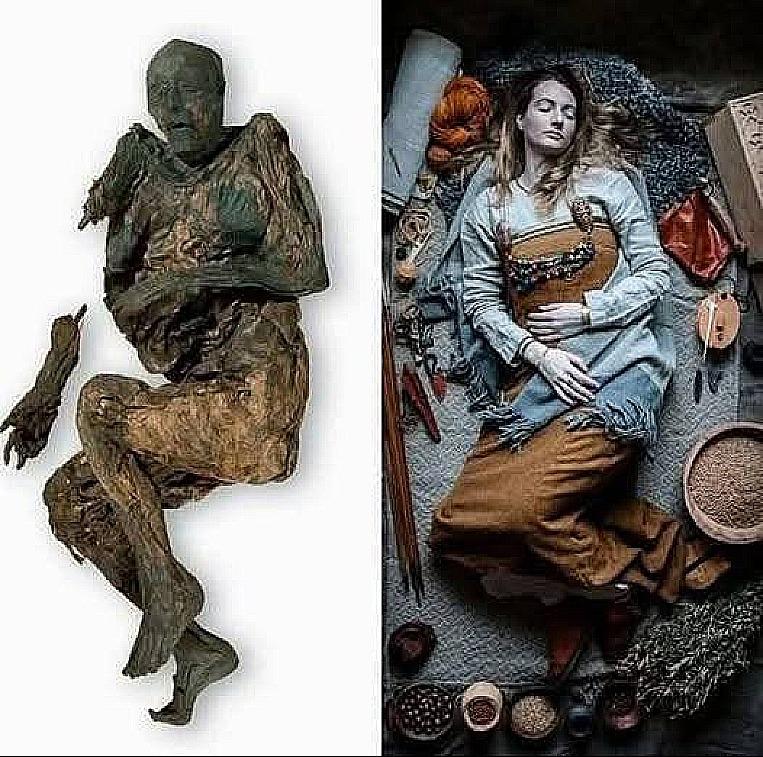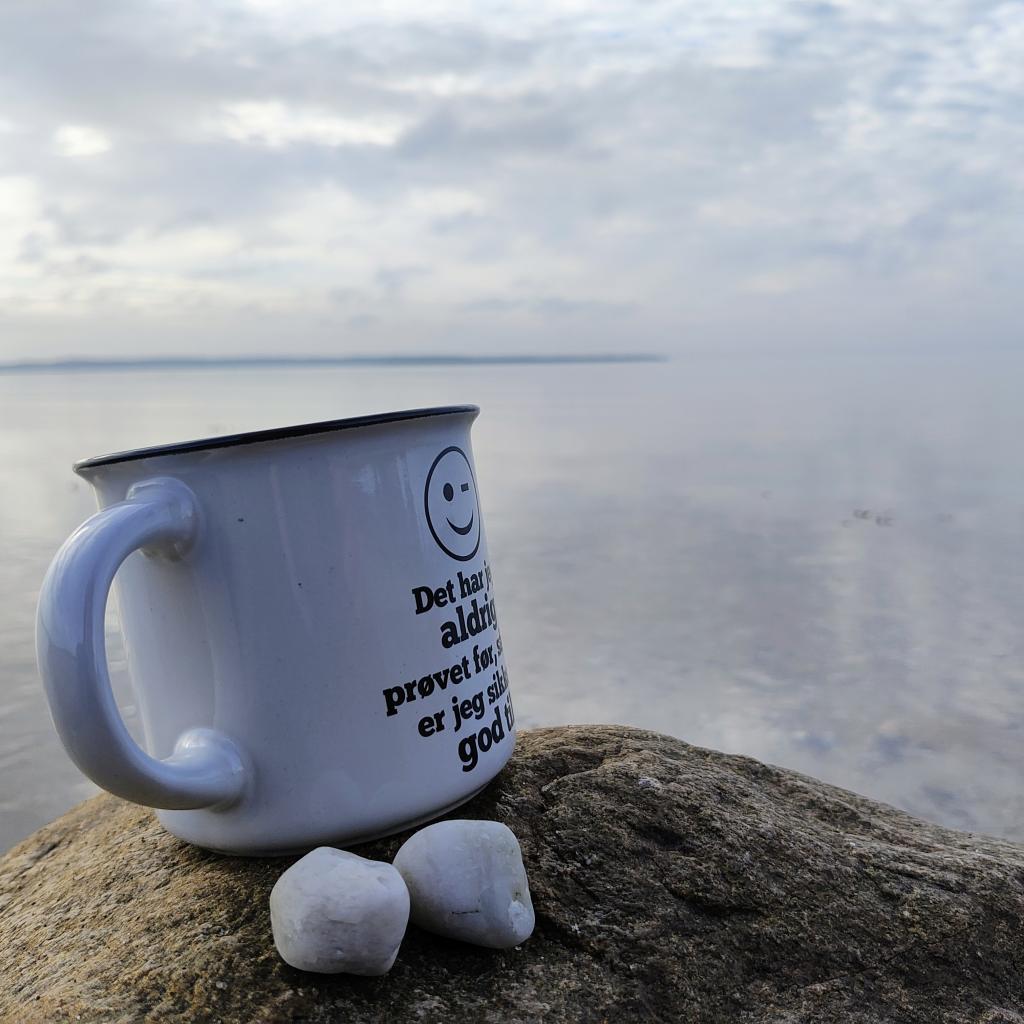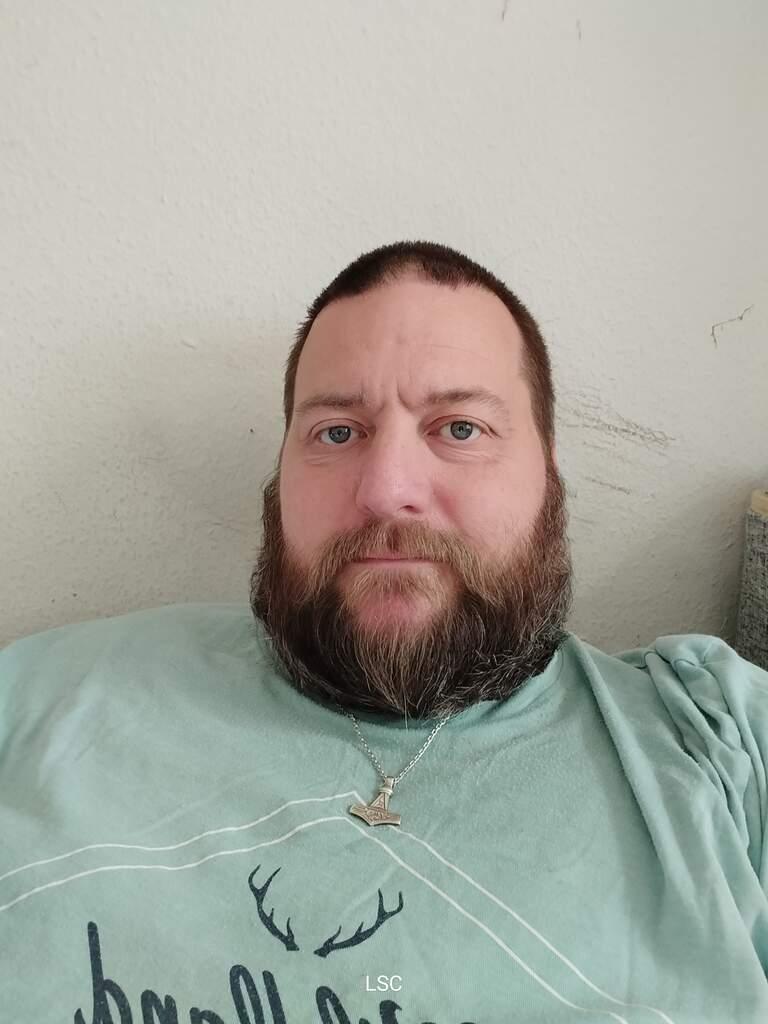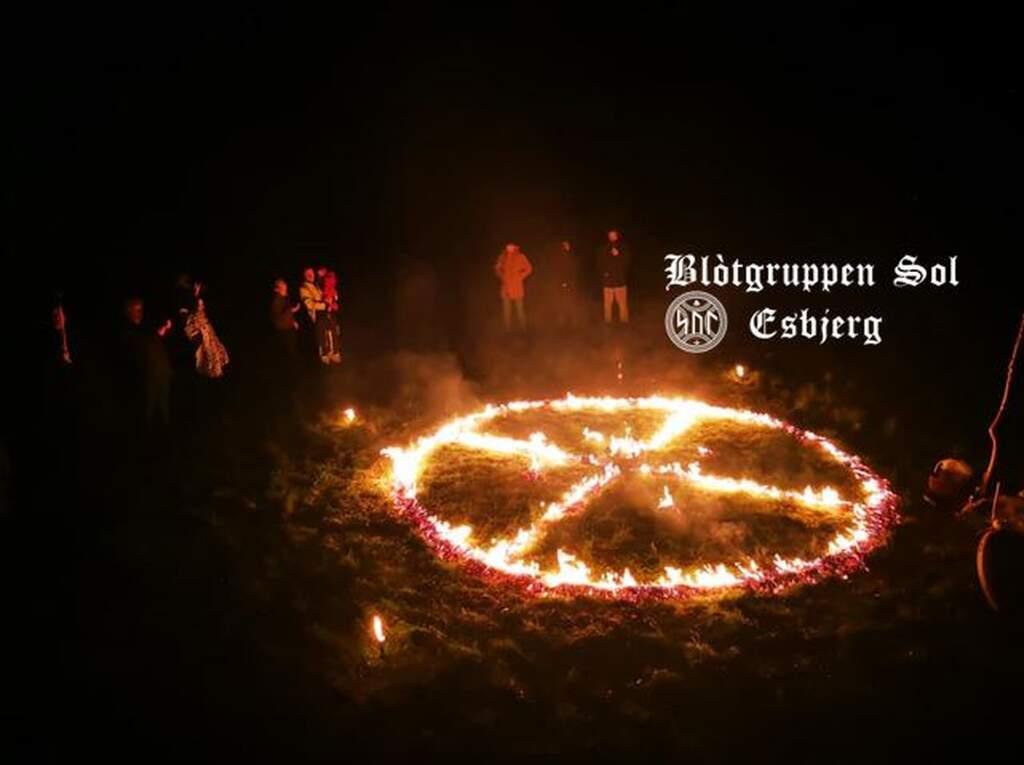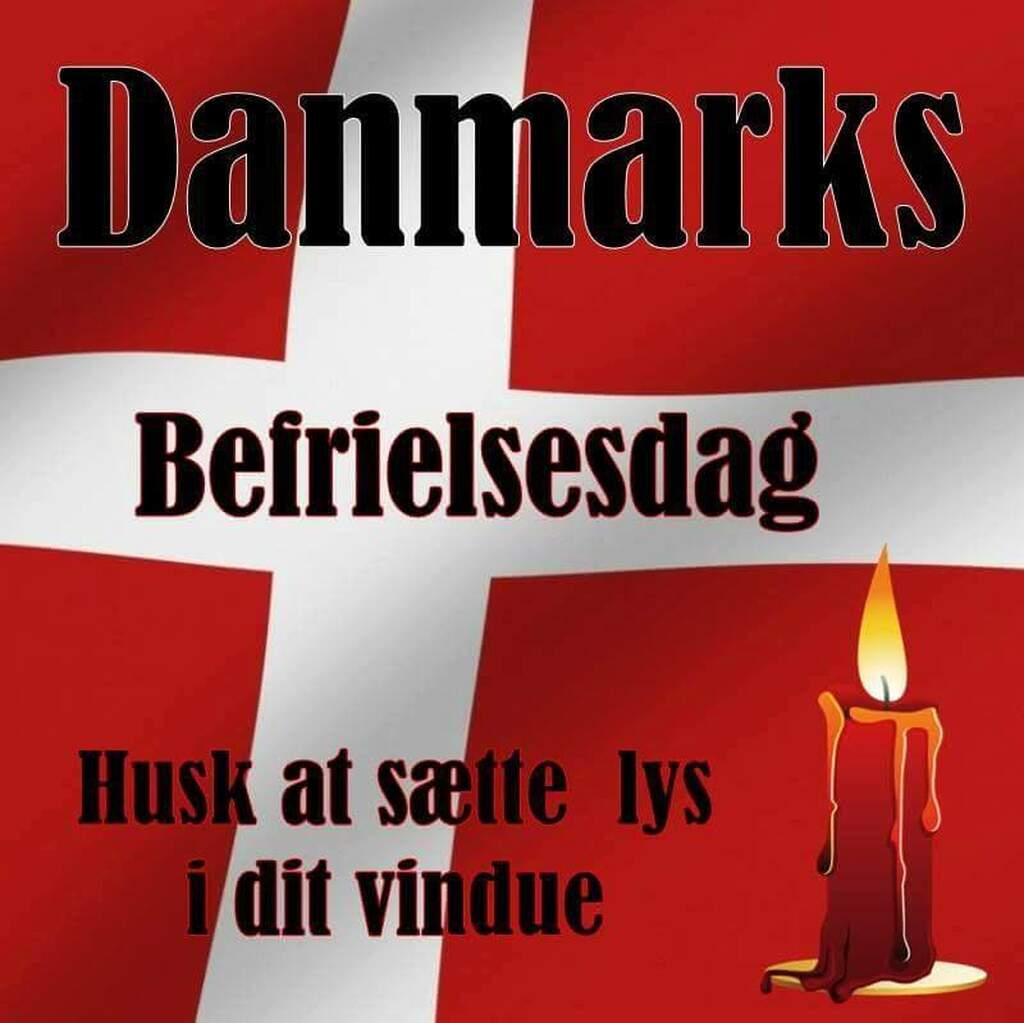Huldremose Woman
Or Huldre Fen Woman, is a female bog body recovered in 1879 from a peat bog near Ramten, Jutland, Denmark.
On 15 May 1879, the body was discovered by an unknown worker working in Ramten, Denmark, after digging a meter through the peat.
Clad in wool and sheepskin, this over-40 warrior or sacrifice—her right arm severed—offers a gritty glimpse into the intriguing past of Northern Europe.
Analysis by Carbon 14 dating indicates that she lived during the Iron Age, sometime between 160 BCE and 340 CE. The mummified remains are exhibited at the National Museum of Denmark. The elaborate clothing worn by Huldremose Woman has been reconstructed and displayed at several museums.
Unlike many other bog bodies, which are often found naked, the Huldremose Woman was found clothed with an array of accessories. Analysis of these items, including the rare evidence of plant fibre textile, has shown that peoples of the Scandinavian Early Iron Age had knowledge of and used a wide but previously unrecognized range of textile weaving and dyeing technologies, as well as animal skin technologies. Her clothing has undergone extensive analysis by scientists at the Danish National Research Foundation's Center of Textile Research and the National Museum of Denmark.
Huldremose woman wore several layered sheep skin capes with the woolly sides turned outward. These were of a complex construction:
"The two skin capes are made from well-prepared, curly fleeces. The outer cape is the largest, measuring 82 cm in height and 170 cm in width . It is constructed of five primary, rectangular skin pieces, with two minor triangular pieces under the yoke. Most pieces are from dark sheep skin, but on the fur side, it has an insertion of four light goat skin pieces. On the flesh side, it has an upper, front lining of dark sheep skin, which is a unique detail. The inner cape is slightly smaller, measuring 80 cm in height and 150 cm in width . It is constructed of 7-8 primary sheep skin pieces, mostly rectangular and 22 secondary patches of sheep, goat and deer skin. Both capes have an asymmetrical design with a slanting neckline."
She also wore a wool plaid scarf, fastened by a bird bone pin, and a wool plaid skirt. Analysis by scientists at the National Museum of Denmark has shown that the colour of the skirt was originally a blue or purple plaid, while the scarf was a red plaid. Chemical dye analyses showed the use of natural plant dyes and mordants and revealed that threads of at least 5 colours were woven to create the complex plaid patterns. Impressions on the skin of the Huldremose Woman, as well as a small amount of surviving degraded fibres, suggest that below her wool clothing, she wore a white inner garment made from plant fibres that reached from the shoulders to below the knees. The type of plant fiber is unclear but other evidence from the time period suggests that it could have been made of nettle. A horn comb, a leather thong, and wool textile headband were found as well in what appears to be a pocket on the inner cape, made out of a bladder.
In a 2009 study led by Dr. Karin Frei, Huldremose Woman and the set of clothing she wore underwent strontium isotopic analysis. This research indicated that the wool scarf has a local provenance. The wool skirt was found to be made of wool from at least three different provenances, including a local signature and a signature compatible with northern Scandinavia (e.g. Norway or Sweden). The plant fibre garment and the Huldremose Woman herself likely have a non-local origin, again showing compatibility with northern Scandinavia. In general, the study points to the possibility that textiles were either traded or brought as raw materials far more commonly and over longer distances than previously assumed.
Or Huldre Fen Woman, is a female bog body recovered in 1879 from a peat bog near Ramten, Jutland, Denmark.
On 15 May 1879, the body was discovered by an unknown worker working in Ramten, Denmark, after digging a meter through the peat.
Clad in wool and sheepskin, this over-40 warrior or sacrifice—her right arm severed—offers a gritty glimpse into the intriguing past of Northern Europe.
Analysis by Carbon 14 dating indicates that she lived during the Iron Age, sometime between 160 BCE and 340 CE. The mummified remains are exhibited at the National Museum of Denmark. The elaborate clothing worn by Huldremose Woman has been reconstructed and displayed at several museums.
Unlike many other bog bodies, which are often found naked, the Huldremose Woman was found clothed with an array of accessories. Analysis of these items, including the rare evidence of plant fibre textile, has shown that peoples of the Scandinavian Early Iron Age had knowledge of and used a wide but previously unrecognized range of textile weaving and dyeing technologies, as well as animal skin technologies. Her clothing has undergone extensive analysis by scientists at the Danish National Research Foundation's Center of Textile Research and the National Museum of Denmark.
Huldremose woman wore several layered sheep skin capes with the woolly sides turned outward. These were of a complex construction:
"The two skin capes are made from well-prepared, curly fleeces. The outer cape is the largest, measuring 82 cm in height and 170 cm in width . It is constructed of five primary, rectangular skin pieces, with two minor triangular pieces under the yoke. Most pieces are from dark sheep skin, but on the fur side, it has an insertion of four light goat skin pieces. On the flesh side, it has an upper, front lining of dark sheep skin, which is a unique detail. The inner cape is slightly smaller, measuring 80 cm in height and 150 cm in width . It is constructed of 7-8 primary sheep skin pieces, mostly rectangular and 22 secondary patches of sheep, goat and deer skin. Both capes have an asymmetrical design with a slanting neckline."
She also wore a wool plaid scarf, fastened by a bird bone pin, and a wool plaid skirt. Analysis by scientists at the National Museum of Denmark has shown that the colour of the skirt was originally a blue or purple plaid, while the scarf was a red plaid. Chemical dye analyses showed the use of natural plant dyes and mordants and revealed that threads of at least 5 colours were woven to create the complex plaid patterns. Impressions on the skin of the Huldremose Woman, as well as a small amount of surviving degraded fibres, suggest that below her wool clothing, she wore a white inner garment made from plant fibres that reached from the shoulders to below the knees. The type of plant fiber is unclear but other evidence from the time period suggests that it could have been made of nettle. A horn comb, a leather thong, and wool textile headband were found as well in what appears to be a pocket on the inner cape, made out of a bladder.
In a 2009 study led by Dr. Karin Frei, Huldremose Woman and the set of clothing she wore underwent strontium isotopic analysis. This research indicated that the wool scarf has a local provenance. The wool skirt was found to be made of wool from at least three different provenances, including a local signature and a signature compatible with northern Scandinavia (e.g. Norway or Sweden). The plant fibre garment and the Huldremose Woman herself likely have a non-local origin, again showing compatibility with northern Scandinavia. In general, the study points to the possibility that textiles were either traded or brought as raw materials far more commonly and over longer distances than previously assumed.
Huldremose Woman
Or Huldre Fen Woman, is a female bog body recovered in 1879 from a peat bog near Ramten, Jutland, Denmark.
On 15 May 1879, the body was discovered by an unknown worker working in Ramten, Denmark, after digging a meter through the peat.
Clad in wool and sheepskin, this over-40 warrior or sacrifice—her right arm severed—offers a gritty glimpse into the intriguing past of Northern Europe.
Analysis by Carbon 14 dating indicates that she lived during the Iron Age, sometime between 160 BCE and 340 CE. The mummified remains are exhibited at the National Museum of Denmark. The elaborate clothing worn by Huldremose Woman has been reconstructed and displayed at several museums.
Unlike many other bog bodies, which are often found naked, the Huldremose Woman was found clothed with an array of accessories. Analysis of these items, including the rare evidence of plant fibre textile, has shown that peoples of the Scandinavian Early Iron Age had knowledge of and used a wide but previously unrecognized range of textile weaving and dyeing technologies, as well as animal skin technologies. Her clothing has undergone extensive analysis by scientists at the Danish National Research Foundation's Center of Textile Research and the National Museum of Denmark.
Huldremose woman wore several layered sheep skin capes with the woolly sides turned outward. These were of a complex construction:
"The two skin capes are made from well-prepared, curly fleeces. The outer cape is the largest, measuring 82 cm in height and 170 cm in width . It is constructed of five primary, rectangular skin pieces, with two minor triangular pieces under the yoke. Most pieces are from dark sheep skin, but on the fur side, it has an insertion of four light goat skin pieces. On the flesh side, it has an upper, front lining of dark sheep skin, which is a unique detail. The inner cape is slightly smaller, measuring 80 cm in height and 150 cm in width . It is constructed of 7-8 primary sheep skin pieces, mostly rectangular and 22 secondary patches of sheep, goat and deer skin. Both capes have an asymmetrical design with a slanting neckline."
She also wore a wool plaid scarf, fastened by a bird bone pin, and a wool plaid skirt. Analysis by scientists at the National Museum of Denmark has shown that the colour of the skirt was originally a blue or purple plaid, while the scarf was a red plaid. Chemical dye analyses showed the use of natural plant dyes and mordants and revealed that threads of at least 5 colours were woven to create the complex plaid patterns. Impressions on the skin of the Huldremose Woman, as well as a small amount of surviving degraded fibres, suggest that below her wool clothing, she wore a white inner garment made from plant fibres that reached from the shoulders to below the knees. The type of plant fiber is unclear but other evidence from the time period suggests that it could have been made of nettle. A horn comb, a leather thong, and wool textile headband were found as well in what appears to be a pocket on the inner cape, made out of a bladder.
In a 2009 study led by Dr. Karin Frei, Huldremose Woman and the set of clothing she wore underwent strontium isotopic analysis. This research indicated that the wool scarf has a local provenance. The wool skirt was found to be made of wool from at least three different provenances, including a local signature and a signature compatible with northern Scandinavia (e.g. Norway or Sweden). The plant fibre garment and the Huldremose Woman herself likely have a non-local origin, again showing compatibility with northern Scandinavia. In general, the study points to the possibility that textiles were either traded or brought as raw materials far more commonly and over longer distances than previously assumed.







